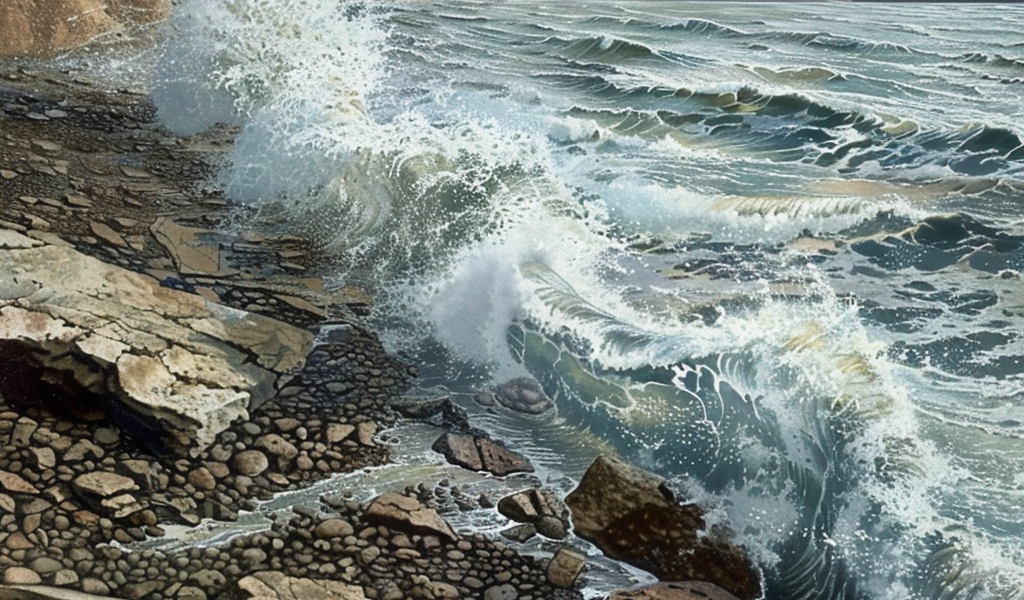Researchers at the University of Saskatchewan have made a groundbreaking discovery, uncovering evidence of a massive tsunami that swept across the ancient sea covering Western Canada and the northern United States hundreds of millions of years ago.
Dr. Brian Pratt and Dr. Colin Sproat, both from USask’s College of Arts and Science, recently published their findings in Sedimentary Geology, shedding light on this ancient natural disaster.
The research reveals that despite the current lack of coastal views or seismic activity in Saskatchewan and its neighboring areas, 445 million years ago, the region was covered by a sea known as the Williston Basin. This period, called the Ordovician, presented a vastly different environment, with the area being much closer to the equator and experiencing higher sea levels.
During their investigation, Pratt and Sproat visited three sites north of The Pas, Manitoba, where they found compelling evidence of a short, high-energy event in the ancient sea. Certain sediment beds at these locations had been torn into pebbles and mixed with clay, indicating a dramatic and previously unnoticed occurrence.
The researchers concluded that the only explanation for these findings was a tsunami. The violent shockwaves, triggered by active faults in the region’s crust, left a lasting impact on the sea floor, with the evidence of this ancient natural disaster still visible today.
This discovery provides valuable insights into the geological history of the region, offering a glimpse into a distant past when the area was submerged under a tropical, shallow inland sea. The study not only highlights the dynamic nature of our planet but also underscores the importance of understanding ancient natural events in shaping the Earth’s landscape.





